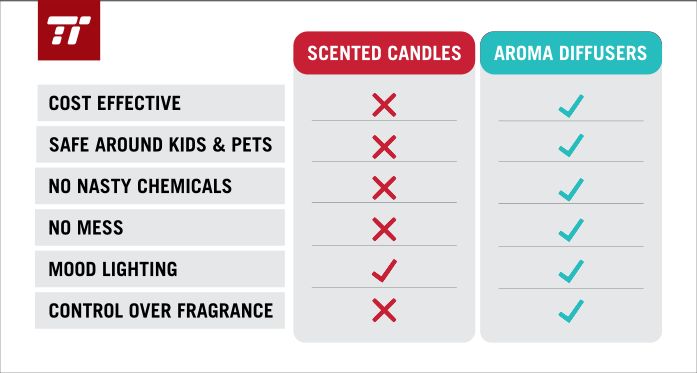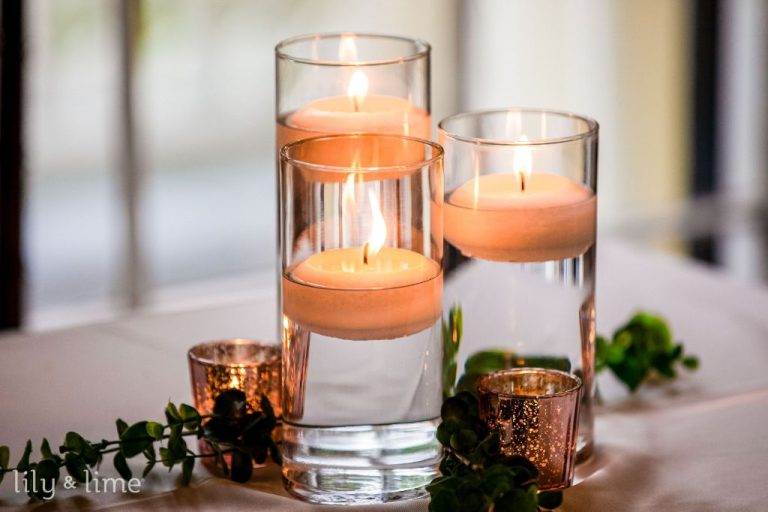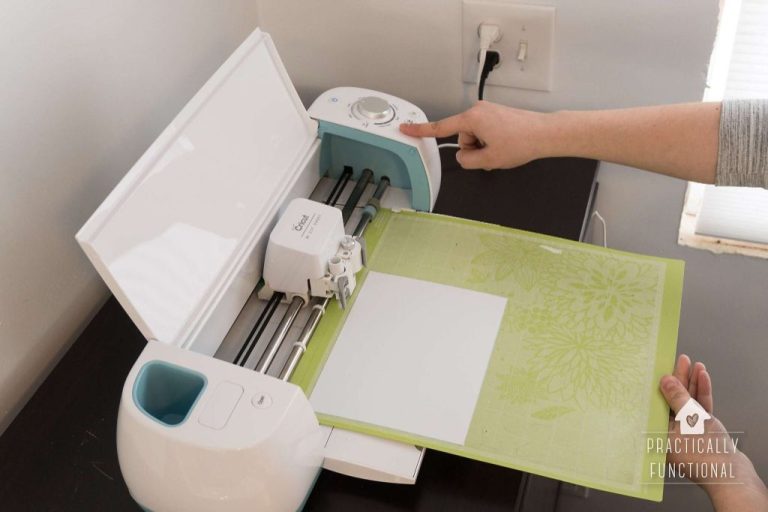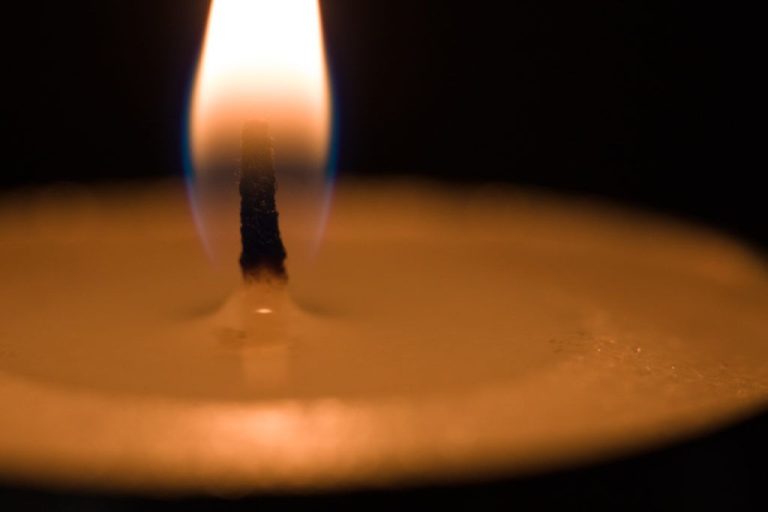What Sticks To Use For Reed Diffuser?
Reed diffusers are devices that use scented oils and bamboo reeds to disperse fragrance throughout a room. They gained popularity starting in the 1990s as a simple and stylish way to keep indoor spaces smelling fresh. Unlike candles or plugins, reed diffusers don’t require flames or electricity. The reeds act as wicks to draw up the fragrance oil and release it into the air. Their popularity has grown because they provide continuous subtle fragrance without the safety concerns of open flames. Key factors in choosing reed sticks for a diffuser include the material, thickness, length, and cut style of the reeds.
According to The Captivating Journey Of Reed Diffuser Boxes by benjack (https://issuu.com/benjacki/docs/scented_stories_unveiled_the_captivating_journey_), while the exact origins are unknown, reed diffusers first became popular in Europe as an alternative to candles and potpourri before spreading to America and elsewhere. Their minimalist style and versatility for use in homes, offices, and other indoor spaces contributed to their widespread adoption.
Material Options
There are three common types of materials used for reed diffuser sticks: rattan, bamboo, and wood.
Rattan
Rattan is a popular choice for reed diffuser sticks. Rattan comes from a type of climbing palm found in tropical regions. According to Scent Land https://www.scent-land.com/how-to-choose-reed-diffuser-sticks/, rattan sticks are safe, eco-friendly, and absorb oil well through small gaps in the material. The natural porous structure allows the fragrance to diffuse efficiently. Rattan can be cut into various shapes and sizes to customize reeds.
Bamboo
Bamboo is another natural material sometimes used for reed diffuser sticks. Bamboo is lightweight, sustainable, and absorbent. According to 96 North https://96north.com/choose-best-reed-diffuser/, bamboo reeds wick and distribute fragrance oil evenly. The smooth surface and sleek aesthetic of bamboo can complement diffuser bottles and home decor. However, bamboo is more prone to cracking compared to rattan.
Wood
Wooden reeds are less common but provide a warm, natural look. Certain porous woods like basswood effectively soak up oils. Wooden reeds tend to be thicker and sturdier than rattan or bamboo. But wood has a more uneven, splintery surface that may not diffuse scent as efficiently. Oils can pool in the wood grains rather than evaporating into the air. Woods like cedar add their own scent that mingles with the fragrance.
Rattan
Rattan is one of the most popular materials for reed diffuser sticks. It comes from a type of climbing palm that is native to tropical regions of Africa, Asia and Australia (Source 1). Rattan reeds are lightweight, sturdy and naturally absorbent, allowing them to effectively draw up the fragrance oil (Source 2).
Some key pros of rattan reed diffusers are:
- Naturally absorbent material
- Lightweight and durable
- Distribute fragrance evenly
- Affordable price point
Some potential cons to consider:
- Can become saturated over time
- May need reeds replaced
- Not as decorative as some other materials
Rattan reed diffuser sticks are very inexpensive, typically ranging from $5-$15 for a pack of 10-20 reeds. This makes rattan one of the most budget-friendly options for reed diffusers.
Bamboo
Bamboo is a popular choice for reed diffuser sticks due to its affordability and availability. Bamboo reeds are made from the plant Bambusa vulgaris and are harvested from the canes. Bamboo reeds are inexpensive compared to other materials like rattan or wood, typically ranging from $5-15 for a set.
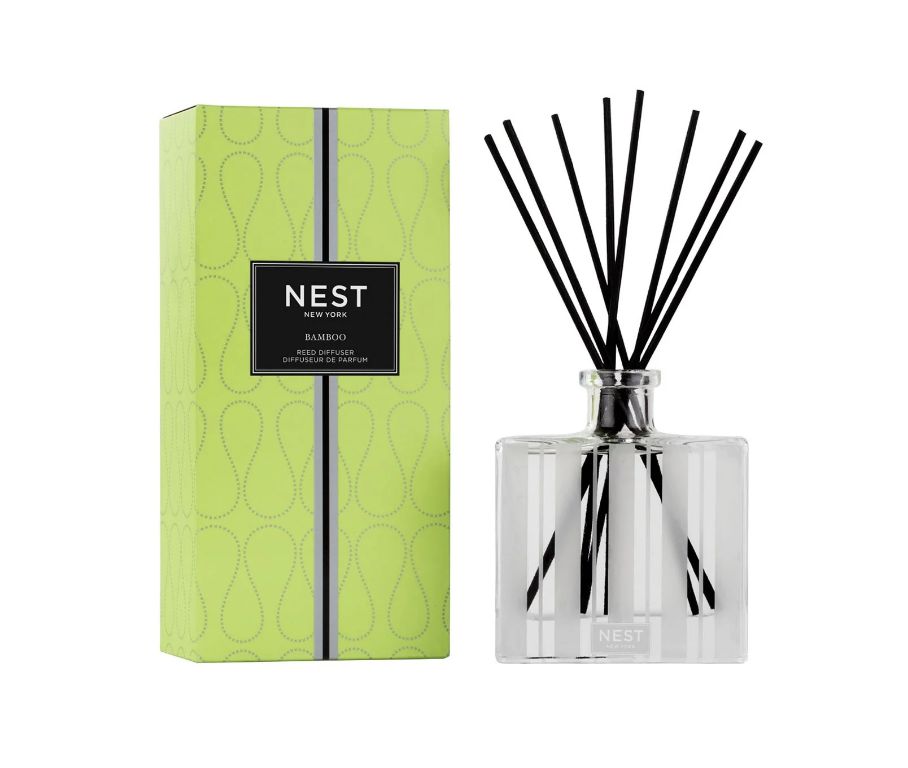
Bamboo reeds have some advantages. They effectively absorb and disperse essential oils. The porous structure allows fragrance to permeate through the reeds. Bamboo reeds also have an attractive natural appearance that complements home decor. Additionally, bamboo is a renewable and sustainable material.
However, bamboo reeds also have some drawbacks. The nodes inside bamboo can clog and prevent fragrance dispersal over time. Bamboo reeds tend to be less durable, often lasting only a few months before needing replacement (1). The material saturates faster than alternatives like rattan or wood. Bamboo reeds may also develop mold if not cared for properly.
Overall, bamboo offers an affordable reed diffuser option, but may need replacing more frequently. Those seeking a longer-lasting, higher performance diffuser may want to consider alternative materials.
Wood
Wood is a popular material used to make reed diffuser sticks. Some common types of wood used include bamboo, rattan, and basswood (Amazon). Bamboo reed diffuser sticks are known for their strength and stability. Rattan reed sticks have a natural light brown color and provide a neutral backdrop for essential oils. Basswood absorbs scent well while retaining a light color.
Wood reed diffuser sticks have several benefits. They have an attractive natural look and blend into most home décor. Wood sticks are durable and resist warping or bending when exposed to fragrance oils. They also absorb and diffuse essential oils efficiently thanks to their porous structure (Alora Ambiance).
The main downside of wood reed diffuser sticks is they tend to be more expensive than other materials like rattan or bamboo. However, their aesthetic appeal and performance often make wood reed sticks worth the extra cost. Expect to pay $5-15 for a pack of 20-30 wood reed diffuser sticks depending on factors like type of wood and stick dimensions.
Thickness
The most common thicknesses for diffuser reeds are 2.25 mm, 2.75 mm, and 3 mm (Fragrance Diffuser Reeds 2.25 mm, 2.75 mm, 3 …). The thickness impacts how quickly the reeds absorb and diffuse the fragrance oil. Thinner reeds like 2.25 mm tend to diffuse oils faster than thicker reeds. Thicker reeds around 3 mm diffuse at a slower, more gradual pace.
Thicker reeds also tend to be a bit sturdier and less prone to breaking during handling and long-term use. The tradeoff is that thicker reeds are generally more expensive. Most diffuser brands seem to prefer 2.75 mm as a good middle ground between diffusion rate, durability, and cost.
Length
Reed diffuser sticks typically range from 8-15 inches in length. Shorter reeds around 8 inches provide the fastest diffusion, as the fragrance oil only has to travel a short distance up each reed. However, shorter reeds may need to be replaced more often. Longer reeds around 15 inches promote slower, more extended diffusion, though the scent may be lighter. Aesthetically, longer reeds can provide a fuller appearance in decorative diffuser vases. Many people opt for a mid-range length of 10-12 inches to balance diffusion speed and longevity (source).
In summary, moderate 10-12 inch reed diffuser sticks often provide the ideal balance of scent strength, diffusion speed, longevity, and aesthetics for most homes. Shorter and longer lengths can be used for specific purposes like a quick scent boost or decorative look.
Cut Style
The way the reed diffuser sticks are cut affects both fragrance diffusion and aesthetics. There are three main cut styles:
- Smooth: Reed sticks with a clean, straight cut on the ends. This allows for optimal fragrance diffusion as the oils can wick smoothly up the reeds. The smooth cut also provides a tidy, uniform look.
- Natural: The reeds are cut roughly, leaving frayed or split ends. This style can diffusion fragrance less evenly. However, some prefer the natural, organic appearance.
- Hammered: The ends are hammered to create a flared shape. This increases surface area, which can enhance fragrance diffusion. The hammered ends have a distinctive, artisanal look.
Overall, the smooth cut tends to be the best for fragrance performance and a clean look. But the natural or hammered styles may suit those desiring a more rustic, handmade aesthetic. It’s about balancing functionality with visual appeal when selecting the cut style.
Reed Care
Properly caring for your reed diffuser sticks is important to keep them working effectively for as long as possible. Here are some tips for cleaning, replacing, and storing your reed diffuser sticks:
Regularly clean the reed sticks by wiping them with a soft cloth to remove any oil residue buildup. This helps keep the reeds absorbing and releasing fragrance optimally. According to CPLights, “To ensure optimal performance, we suggest replacing your reeds every two to three months, or use a soft cloth to gently wipe the reeds to remove any excess fragrance oil.”
Know when it’s time to replace the reed sticks. The reeds will eventually become totally saturated with oil and won’t diffuse any more fragrance. Antica Farmacista recommends replacing reeds every 2-3 months for best results. Look for signs like very darkened reeds or lack of fragrance to know it’s time for new sticks.
Store reed diffusers properly between uses. Scent Australia Home suggests, “When storing your reed diffuser, make sure to keep it dry, cold, and firmly closed with the original cap. This aids in keeping the fragrance oils from evaporating.” Proper storage helps preserve the life of the reeds.
Conclusion
When selecting reeds for your diffuser, the main factors to consider are material, thickness, length, and cut style. Rattan, bamboo, and wood are all common options, with rattan being the most popular for its absorbency. Thicker reeds will last longer but thinner reeds will diffuse oils faster. Most reeds are cut into 4-6 inch lengths. Cut style comes down to preference, with spiral and ribbon cuts being attractive options.
For simplicity and fragrance, mid-thickness rattan reeds around 5 inches long are a solid choice. Thinner bamboo reeds work well if you want more rapid diffusion. Decorative twisted or spiral reeds look great but won’t absorb as much oil. Ultimately the “best” reed comes down to your priorities – longevity, diffusion speed, appearance, and budget. Test out a variety to see what works for your needs and preferences.

